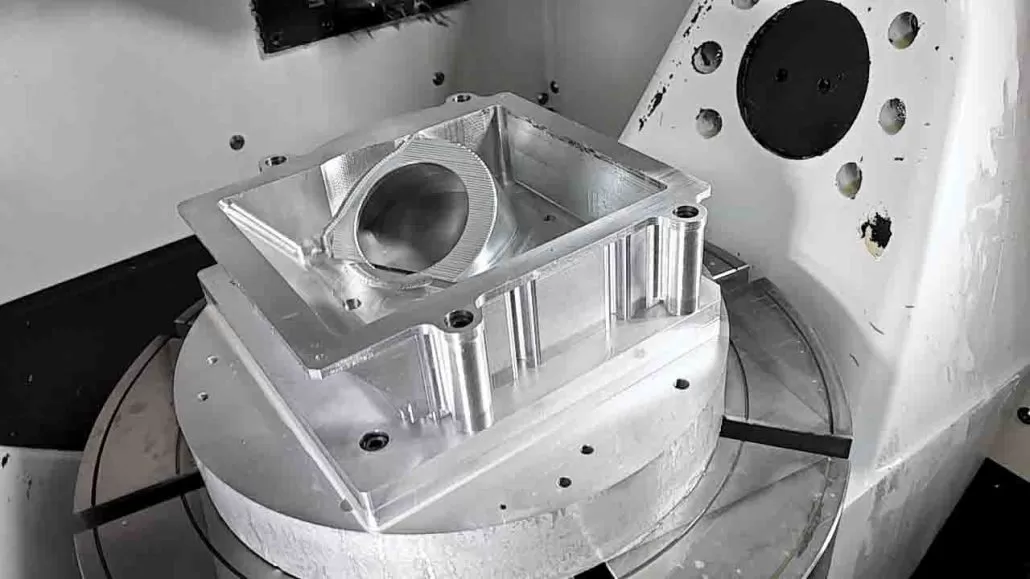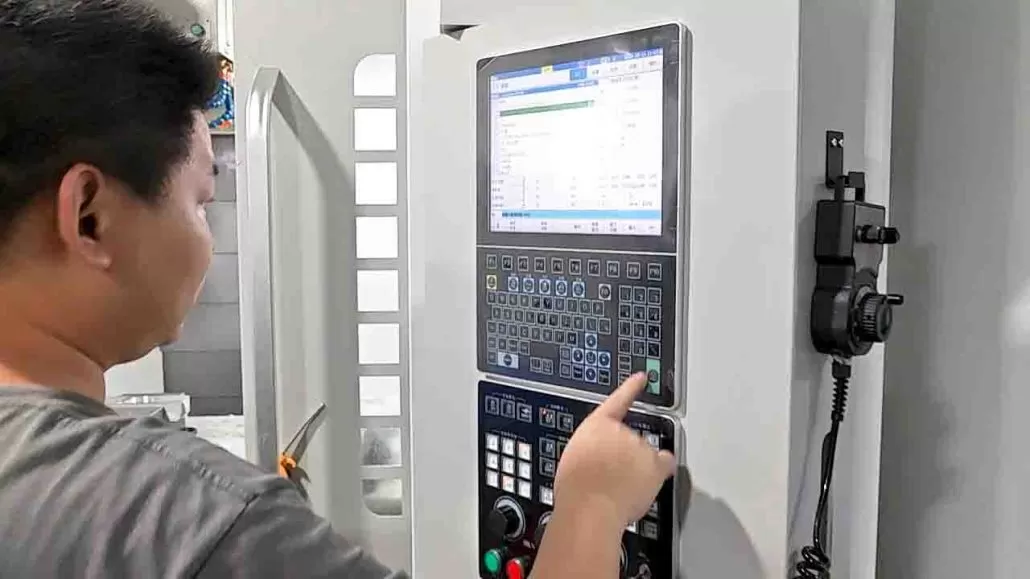CNC milling and turning are two of the most widely used machining processes in modern manufacturing. These processes use computer programs to control the movement of cutting tools, allowing for precise and repeatable production of complex parts. Here are some of the common applications of CNC milling and turning in various industries.
- Aerospace industry
The aerospace industry relies heavily on CNC machining for the production of components used in aircraft, satellites, and spacecraft. CNC milling is used to create complex geometries on parts such as engine components, wing spars, and landing gear. CNC turning is used to produce parts with cylindrical shapes, such as shafts, bolts, and bearings.

- Automotive industry
The automotive industry also makes extensive use of CNC machining for the production of engine blocks, cylinder heads, transmission cases, and other components. CNC milling is used to create the intricate shapes and contours required for these parts, while CNC turning is used to produce components such as axles, drive shafts, and suspension parts.
- Medical industry
The medical industry uses CNC machining to produce surgical instruments, implants, and prosthetics. CNC milling is used to create complex shapes and contours on these parts, while CNC turning is used to produce components such as screws, pins, and rods.
- Electronics industry
The electronics industry uses CNC machining for the production of components such as circuit boards, connectors, and enclosures. CNC milling is used to create the intricate patterns and designs required for these parts, while CNC turning is used to produce components such as connectors and terminals.
- Defense industry
The defense industry relies heavily on CNC machining for the production of components used in weapons systems, vehicles, and other equipment. CNC milling is used to create complex shapes and contours on parts such as gun barrels, while CNC turning is used to produce components such as screws, bolts, and pins.
Differences between CNC Milling and CNC Turning
While both CNC milling and CNC turning are used to create complex and intricate parts, there are several key differences between the two approaches. These include:

- The direction of the cutting tool: In CNC milling, the cutting tool moves along multiple axes, while in CNC turning, the cutting tool moves along a single axis.
- The shape of the workpiece: CNC milling is used to create parts with complex shapes, while CNC turning is used to create cylindrical shapes.
- The precision of the process: Both CNC milling and CNC turning can be used to create parts with a high level of precision and accuracy, but CNC turning is generally more precise due to the use of a single cutting tool.
- The materials that can be used: CNC milling can be used to create parts from a wide range of materials, including metals, plastics, and composites, while CNC turning is generally used for creating parts from metals.
In conclusion, CNC milling and turning are versatile and widely used machining processes that have revolutionized modern manufacturing. They have enabled the production of complex and precise parts in various industries, including aerospace, automotive, medical, electronics, and defense. As technology continues to evolve, the applications of CNC machining are likely to expand even further.
As an international high -end OEM/ODM manufacturer, Longsheng has nearly 20 years of development experience. Our core manufacturing services include:CNC machining parts service,CNC Turning Machine Parts,Sheet Metal Machining Parts,Customized Extrusion Moulding Parts,Die Casting Services,3d printing Services,squeezing and stamping. We also expand our capabilities to mold manufacturing, injection molding services, 3D metal and plastic printing and complete traffic key items


